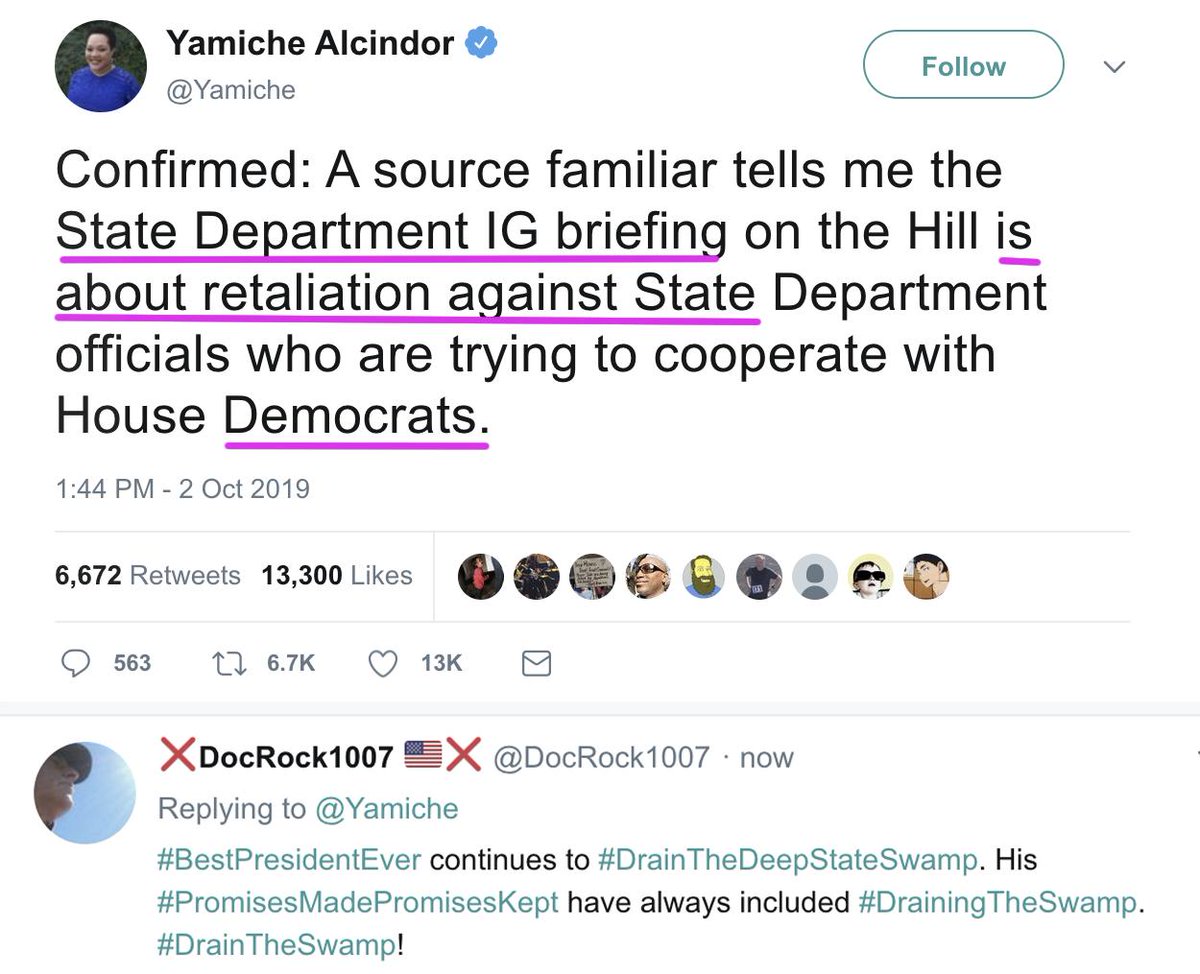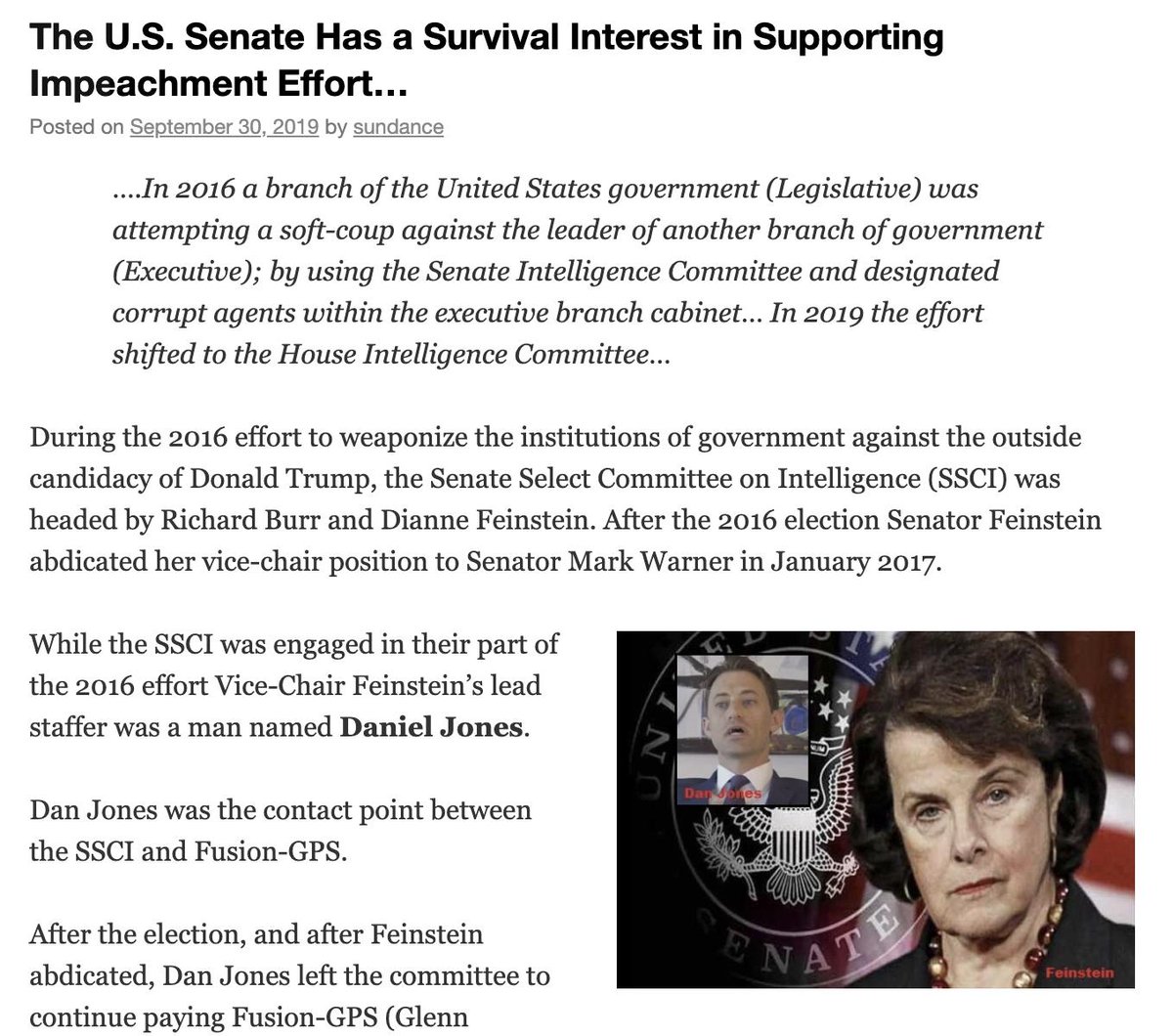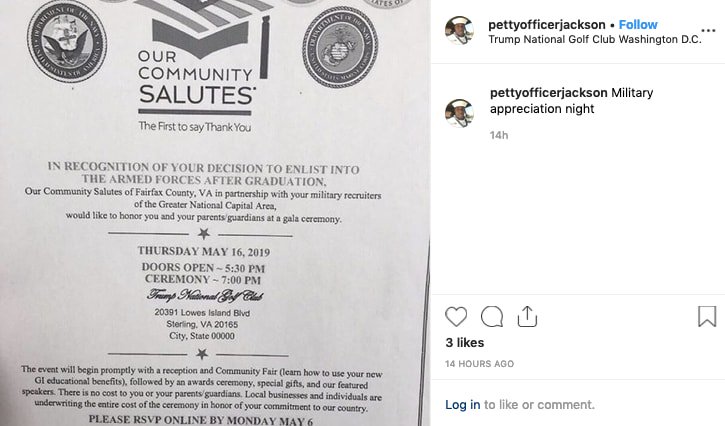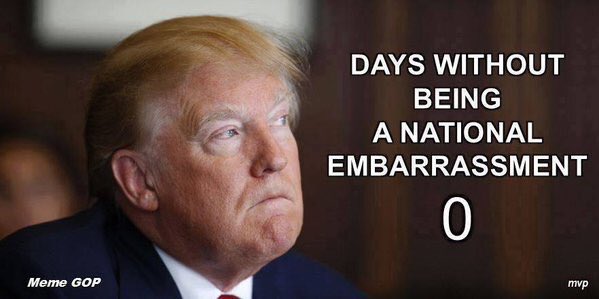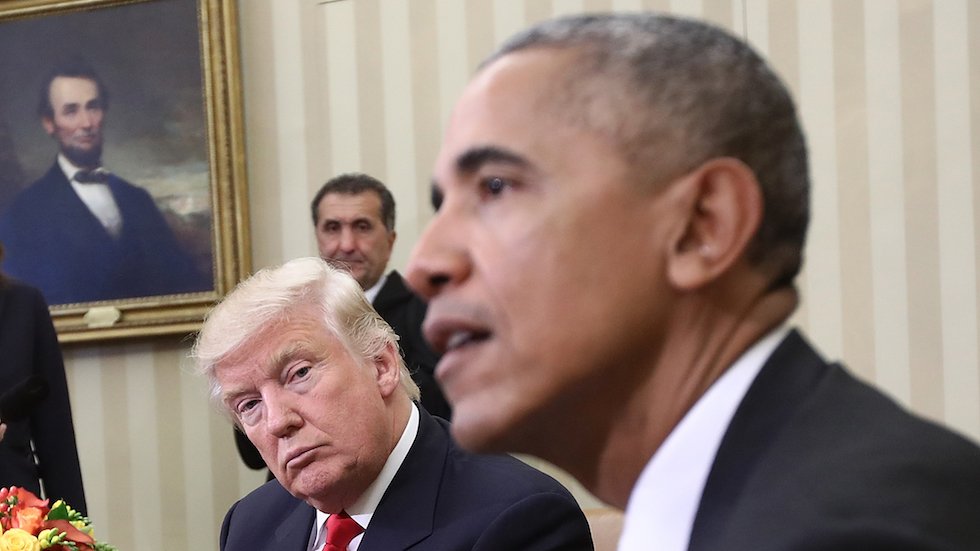Biden had known Yanukovych since 2009 and spoke with him frequently during the crisis.
Two years later, in August 2018, Manafort pleaded guilty to tax and bank fraud connected to his work in the Ukraine undertaken years before he joined the Trump campaign.

